Finding efficiency and quality: An appliance buying guide
When an appliance goes bang we often rush to buy a replacement. But there are important steps to take before you impulse buy. Lance Turner explains what to consider when looking for a new appliance.
Looking for a new appliance can be stressful. How do you know whether your good money is going on something that will work well, be easy to use, last the distance and be energy-efficient to boot? There’s no foolproof method to get all those stars to align, but there are a few things that can help.
Do you need it?
It may seem obvious, but it’s worth first asking whether you really need a new appliance. If an old hot water system, washing machine, fridge, oven or heating system breaks down, you’ll certainly need to replace or repair it, but there are some purchases that are more discretionary. In many cases, there are simple alternatives that use less energy and don’t have the associated embodied energy (the energy that goes into manufacturing the device). And then there’s the waste if you’re replacing an old appliance.
Do you really need a clothes dryer, for example—it’s time-saving and can be a boon for those with babies (and the associated nappies) or in humid or wet locations, but for many of us perhaps it’s not critical. A dishwasher is another example; it’s also a time-saver, but it does use energy and, if it fails after a few years as some do, that’s a lot of embodied energy gone to waste (although hopefully it can be repaired or at least recycled).
There are often good alternatives to buying a small appliance, particularly applicable as they often fail early. As an example: we had an expensive breadmaker that suffered a bearing failure after less than three years of moderate use, fixed by me, and then a year or so later, the electronics went up in a puff of smoke. Instead of replacing the machine, we found simple no-knead bread recipes—and now make better bread than before!
Repair is an important part of the equation, of course. A good way to avoid the waste of an old appliance is to repair it, with the added benefit that this will usually cost less than buying new (though not always!). Washing machines often need a repair or two to get them past the 10-year mark. You’ll need to weigh up the failed appliance’s age, condition and efficiency, and whether it’s meeting your needs.
What about replacing an appliance that hasn’t failed yet? It can make good environmental sense to replace an ageing but still-working fridge, as fridge efficiency has improved so much (energy consumption is between a quarter and half what it was 20 years or so ago, for a fridge of similar size, features and quality—an average modern fridge uses 0.5 kWh to 2 kWh less per day than an old fridge), but it’s worth calculating the energy saved for any appliance upgrade to avoid waste: do this by comparing the energy usage of old versus new rather than star ratings, as the ratings have been re-scaled over time (for example, a 1.5 star fridge today would have been given 5 stars in the 1990s).
In any case, if you do decide to replace an appliance, consider what will happen to the old one. Some organisations will take working or failed appliances and either reuse or recycle them (see box ‘Reuse or recycle’).
The million dollar question: will it last?
One of the major questions hanging over any appliance purchase is that of reliability. Does higher cost or a respected brand have a payoff in reliability?
Although it’s not guaranteed, a more expensive machine may last longer and use less energy to run than a cheaper machine, so weigh that up when considering upfront costs. It may also cost less in repairs over its lifetime. This can be hard to judge, but product review sites and forums can help you make a reasonably informed evaluation as to the reliability and possible maintenance issues and costs. We discuss this in more detail later.
Repairability is important. Avoid buying a machine that is difficult, and therefore expensive, to repair. Also, some manufacturers are better than others at providing spare parts for older models—if you can’t get parts, it doesn’t matter how good the machine is or how repairable it is. Again, this is where reviews from owners will guide you—machines that are difficult or expensive to repair will tend to gain a reputation for such issues, and owners are only too happy to share their tales of ownership woe on particularly poor machines.
The cost of spare parts is also important. Spares may be available, but if they cost as much as buying a new machine, you may decide there’s little point in repairing an old one.
You are not always limited to spare parts from the manufacturer. There are other sources which are often cheaper. I have used online stores like Big Warehouse Spares (spares.bigwarehouse.com.au) which has a vast range of parts for many machines, including those that the manufacturer may no longer support. Using third-party parts allowed me to keep my old LG washing machine going for 13 years before I had to give up on it.
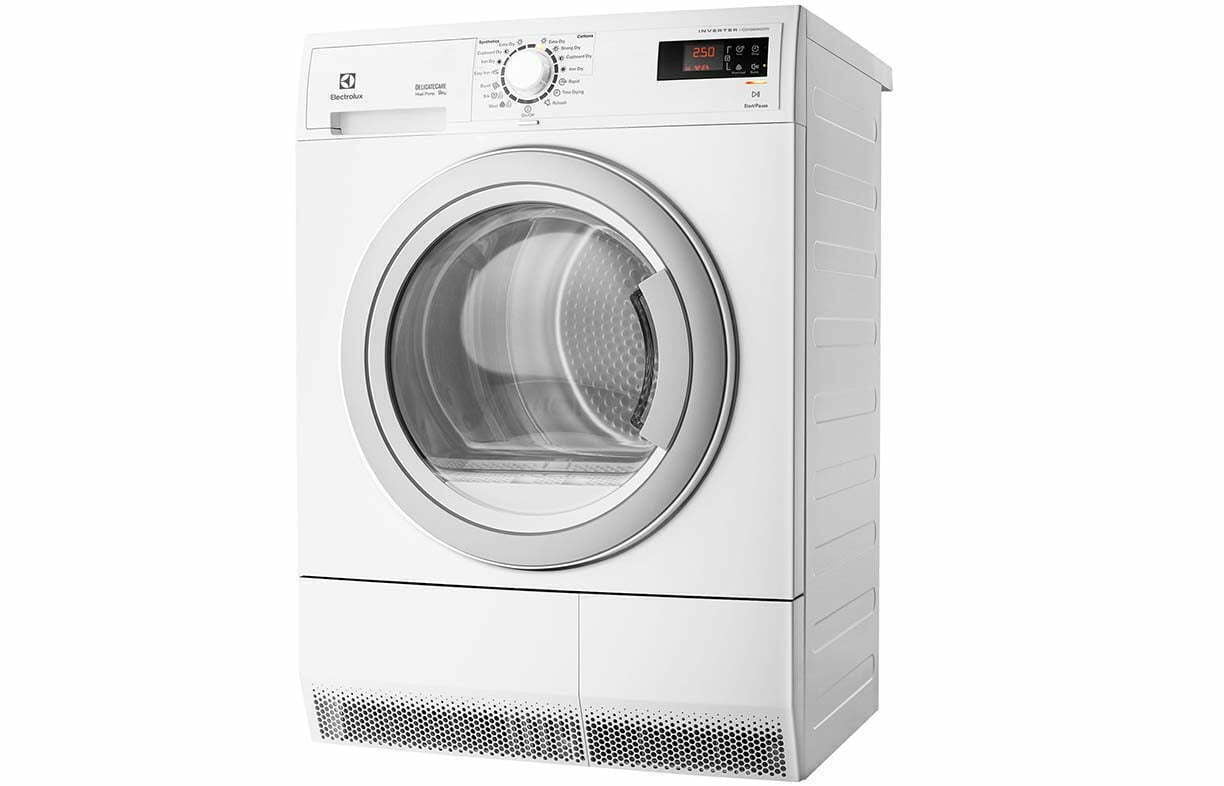
Choose a machine to suit your needs
While it can be tempting to buy the biggest or fanciest appliance with all the bells and whistles, it won’t come as a surprise that this may not be the wisest choice from an environmental or cost point of view.
Oversizing an appliance comes with a cost and efficiency penalty. A 500-litre fridge for a household of one or two people may be half empty most of the time and most likely will use more energy than a smaller fridge. It’s also a waste of resources as larger machines generally require more materials and energy to manufacture and have more resources to recycle at end of life. Of course, there are also cases where a larger size may be useful; for example, when it comes to washing machines, doing larger loads less often may be a more efficient way to wash, and many machines do adjust water levels for a smaller wash—but check that applies to the one you’re looking at.
Think about what features you really need. For example, it’s useful to have a delayed start on a dishwasher so you can set it up to run during the day from solar, but do you need the combi-zone function (where two hotplate zones can be combined into one) on an induction cooktop?—you may, only you can decide, but it’s worth thinking about.
Having more features will likely increase the cost of the appliance and may make it more difficult to use or more prone to failure. For example, in a dishwasher, how much value should be placed on adjustable shelves and adjustable slots—these can mean the shelves or slots break more easily, but, on the other hand, it means you can fit different-sized dishes neatly [Ed note: In my dishwasher, I like the adjustable shelves as it meant we could set them up to suit our dish sizes, but we very rarely change them from the setting that suits us.]
Alan Pears has written a useful guide about what to consider when buying and operating appliances to ensure you’re making the most energy-efficient purchase and use of the machine. We’ve updated it and you can find it online at bit.ly/CWBUA-AP.
Renew has also produced buyers guides on efficient heating, cooling, hot water systems and induction cooktops. We discuss features, environmental considerations and present a table of options. See renew.org.au/renew-magazine/buyers-guides.
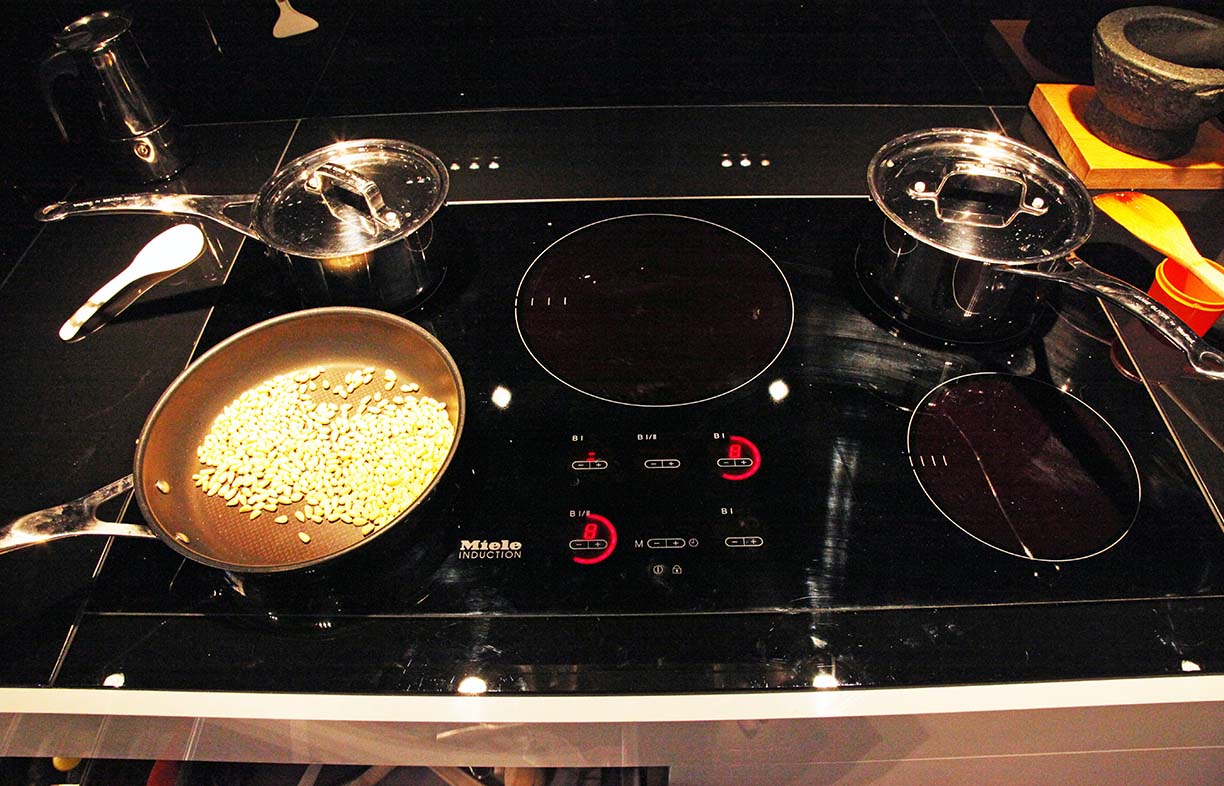
Compare energy efficiency ratings
We’d recommend finding the most energy-efficient unit that meets your other criteria (which of course includes cost).
However, small appliances such as kitchen appliances like toasters and kettles generally don’t have energy ratings and the differences between them are usually fairly small, but be aware that some use significant standby power. Here, energy efficiency comes down to the way you use them instead. Choice sometimes documents energy use and standby power in its comparison tables. The range of energy use of some devices like slow cookers and fans reported by Choice can be surprising. Coffee machines can have very high standby power!
For larger appliances that have star ratings (including fridges, washing machines, dryers, dishwashers and air conditioners), the ratings are a great way to compare appliances. The appliances are tested to enable comparison of efficiency under standard operating conditions.
But note that energy use depends on the size category—for example, a large 5 star fridge will use more energy than a small 5 star fridge—so you can’t compare purely on star ratings. The rating labels include energy use as well, so use that, particularly if you are comparing different-sized units.
Tip: a good way to find the highest rating appliance in a particular size category is to use the Energy Rating website’s database. Go to energyrating.gov.au, click ‘Registration database’, select the type of appliance you are looking for and then hit the search button. You’ll get a list of all appliances sorted with the highest star rating ones at the top. Use the filters under ‘Basic Search’ to refine the search based on size (you can also select particular brands or models and some features such as single- or two-door for fridges).
You can also sort the list; for example, if you are looking at an air conditioner primarily to heat your home, then you could sort the list by the star rating or energy consumption figure for heating.
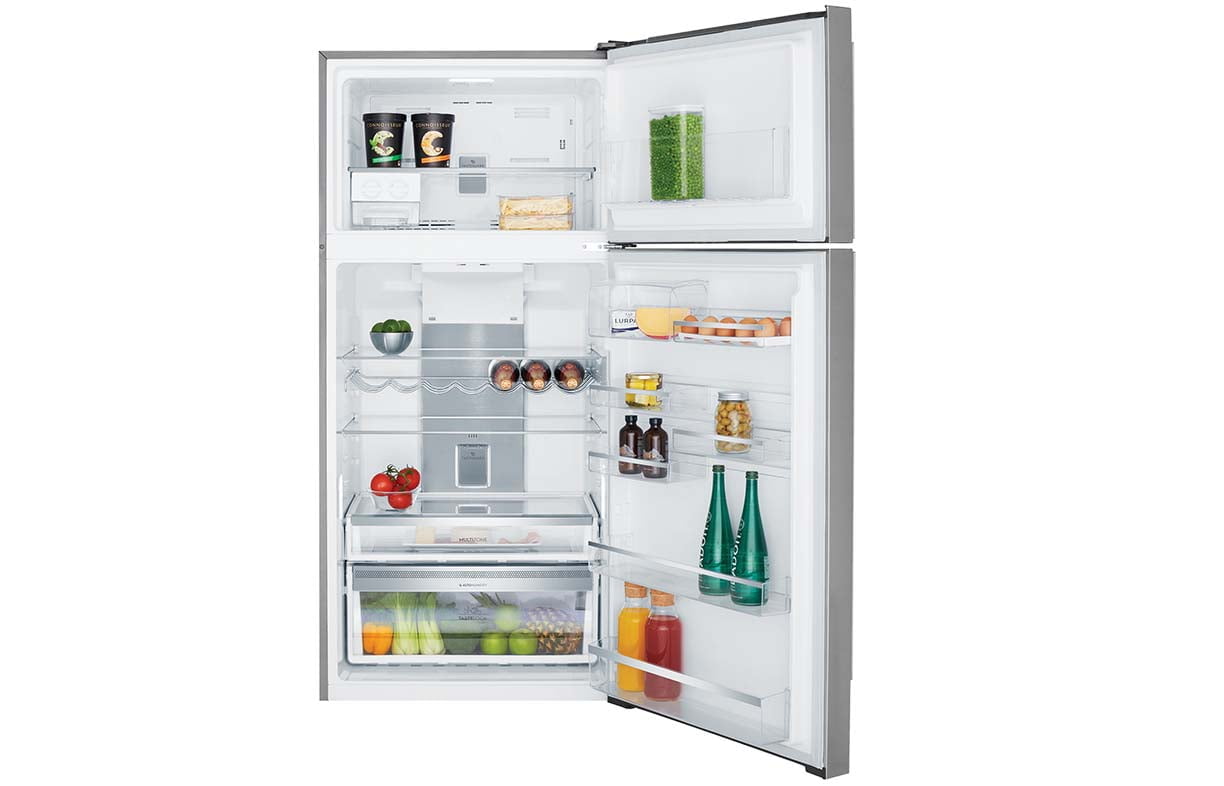
Reuse or recycle
Many stores, online or bricks-and-mortar, will take away your old appliance. If so, make sure they recycle it. If they don’t, you can try to do this yourself. Most council tips will take old appliances and they generally try to recycle them, but if unsure, ask them. Other options can be found through websites like recyclingnearyou.com.au/whitegoods, where you can enter your postcode and the site will present you with the contact details of businesses that will either accept dropping off of appliances or will pick them up (select the appropriate tab in the results). Your local council website waste management section may also have some options.
There are also scrap metal companies that will remove and recycle your old appliances as they contain valuable materials, such as Scrappy’s in Melbourne and many others around Australia.
There are also a few more localised schemes in operation. For example, Electronic Recycling Australia currently only has drop-off points in South Australia (see electronicrecyclingaustralia.com.au). Other companies such as TechCollect collect appliances from all over Australia, usually from local council tip sites (see techcollect.com.au) and Dropzone by MRI (mri.com.au/dropzone).
Some still-working whitegoods can be reused. Your local charities may take them (ask or check their website first before dropping off) or sell them on eBay or Gumtree or give them away through Freecycle. See recyclingnearyou.com.au/pass-it-on for other options.
End-of-line units are included by default. To exclude units that are no longer available, deselect the check box under Basic Search that says “Include run-out products that are no longer manufactured in or imported into Australia/New Zealand.”
Once you have a list of possible appliances, the next step is to check prices to see if they are within budget. The easiest way to do this is to search the internet for the model number and check a few results. Manufacturers usually list a higher retail price than what you will find at most stores—indeed, for ‘big ticket items’ the discrepancy can be hundreds of dollars, so check store prices, not manufacturer prices. Some manufacturers also have ‘seconds’ stores that offer bargains.
If your chosen appliance is within your budget, then you can move on to the next step of checking reliability through reviews from other owners.
If your chosen appliance is simply beyond your budget, then you have two options—see if you can find a discounted unit, such as a demo unit or one with a damaged box or slight damage to the cabinet, or move to the next model in your energy efficiency search results. This can sound tedious, and many people give up and simply go to a store and buy the first unit that meets their budget, but this is a surefire way to be unhappy with your purchase—spend the time, do the research and you will end up with a better result.
You might find that the appliance you are looking for doesn’t come up as available in any stores. This can happen if the manufacturer has recently discontinued the model.
Check reviews
Once you have selected an appliance model that is available, it’s a good idea to check reviews. A good site is productreview.com.au. Search on the model number to see what other owners have to say about it. Most appliances have a few bad reviews as sometimes people select an unsuitable appliance or use it incorrectly, or may simply have received one that was faulty. However, if bad reviews are more than around 10% to 20% of reviews, then there may be an inherent problem with the appliance design or manufacturing quality.
Check for reviews where owners have had the appliance for a while—many new owners will wax lyrical about how nice their appliance is, but this sort of review isn’t helpful in determining reliability.
Other places to look for reliability information include Whirlpool forums (forums.whirlpool.net.au) and Choice (choice.com.au). Content on the Choice website is limited unless you are a member, but often the basic buyers guides on features to look for are free to view, and Choice can be accessed for free at many public libraries.
While Choice does testing, the test period is usually only a few days to weeks (sometimes months), so the results may not give a good indication of long-term reliability. However, Choice runs regular reliability surveys where they survey members about their appliances. Not all models will be tested (or surveyed). If the one you are looking at isn’t included, try the other review sites, but you could also ask Choice when they are planning the next round of tests and whether your preferred model will be included.
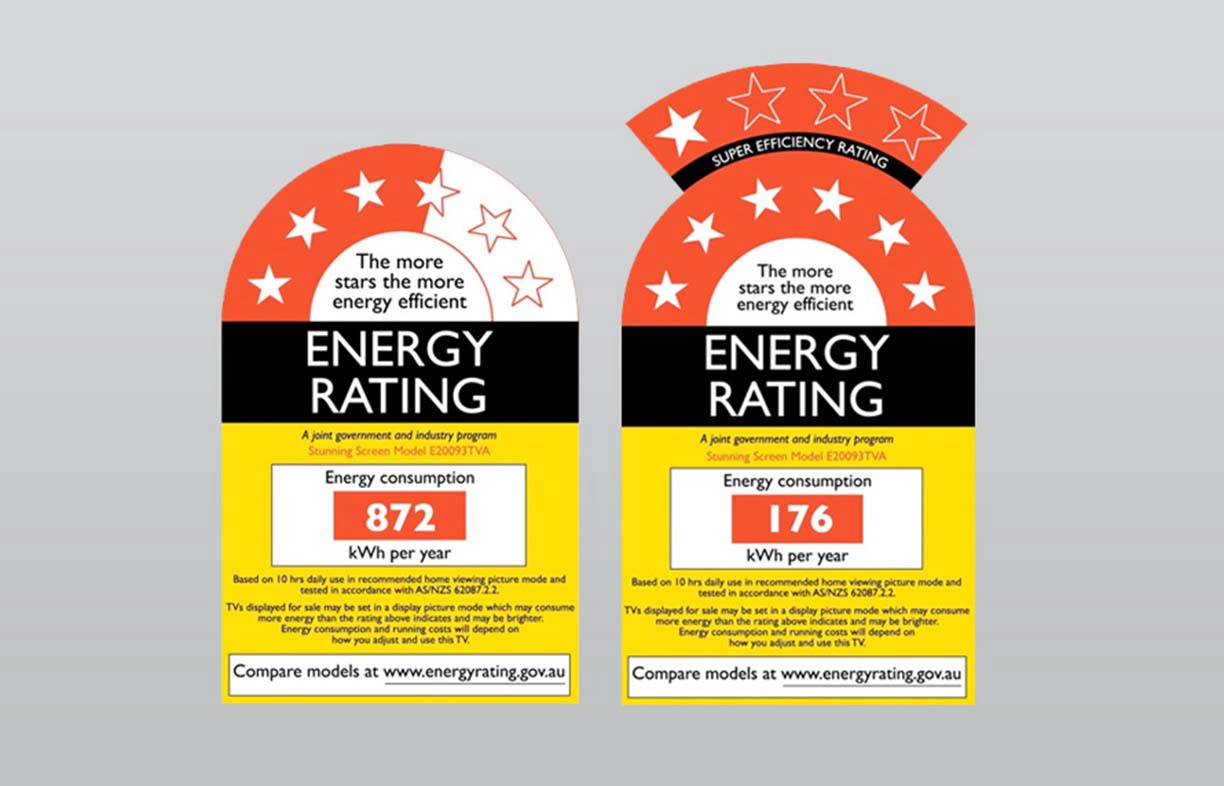
Other sites which often have reviews include Amazon (amazon.com.au) and Appliances Online (appliancesonline.com.au).
Another useful resource for appliance feedback is the My Efficient Electric Home Facebook page (facebook.com/groups/MyEfficientElectricHome), which has a wealth of information on appliances and the issues customers have had with them. Finding posts on a particular appliance model may be difficult, but you could ask about one.
Things to look out for when reading reviews include:
Poor choice of materials—for example, one well-known brand of dishwasher uses plastic interiors on some models and these can crack.
Unavailability of spares—a common problem with many of the more popular brands, even with their more expensive machines. For example, I had a fairly expensive blender which had a bearing failure after a few years of not very heavy use. The bearing plate was not repairable (pressed together) and a replacement assembly wasn’t available as the manufacturer had stopped supporting that model. The manufacturer’s spare parts centre’s only suggestion was that they would sell me a new blender for a discount—I went with another more repairable brand.
Underpowered motors on machines—for example, lower-priced juicers often have underpowered motors, making them somewhat less effective than better models.
A problem with buying the latest model is that there may not be many, or any, reviews. In this case, you may have to base your opinion on earlier models from the same brand. This is when it’s good to look for things that can affect longevity, such as materials used, and a reliability history for the company’s products.
See it in action
So, you’ve done the hard work and have found a model you think you will be happy with. However, even if an appliance suits all your requirements, when you see it in the real world you might decide that it has some issue that prevents you from buying it, such as plastic parts that look flimsy (although these sorts of problems usually surface in reviews). If this is the case, then it’s back to the energy ratings list for the next model.
But, assuming the appliance seems suitable in the store, you might want to check a few features and get a feel for the device, at least for larger, more expensive appliances.
Local stores let you see and play with the product and some stores will even have appliances plugged in so that you can test them and get a feel for how they work—particularly useful if you haven’t used that type of appliance previously, such as if you are moving from gas to induction cooking, for example. Or visit a friend with a similar appliance to get a feel for it in action.
Buying it
While it is nice to experience a new purchase in-store, online stores can have a wider range and better prices; just remember to factor in shipping (though a local store will likely have a delivery cost for larger appliances as well). Ask in-store what they charge for delivery and old appliance removal, before deciding to buy locally. Some online stores have free shipping on some items and will even take your old appliance away for free, but make sure they will recycle it.
An issue with buying online is that of warranties. Although appliances bought online have the same warranties as those bought locally, a failure in an appliance from an online store may mean you have to ship it back to them (for small appliances) or wait for them to organise a repair (for larger appliances). Local stores are usually faster to respond to warranty claims (but not always!) as you can hassle them in person.
Planning ahead
Finally, we’d recommend planning ahead, particularly for critical appliances such as heaters and hot water systems. When these fail, you often need a replacement quickly. If you haven’t done your research, you could end up making a snap decision that locks you into an appliance (and maybe a gas connection!) that you regret down the track.
Energy ratings to look for
The energy efficiency of most appliances, especially whitegoods, has improved quite a bit over the years, but it still varies quite a bit. So what minimum level of energy rating should you look for? This table compares appliances from a number of categories, showing an energy-efficient appliance’s running costs versus a not-so-efficient appliance, to provide an indication of the possible energy savings. Over the life of the appliance, these savings can add up; e.g. a $65/year saving, saves you $650 to $975 over a 10 to 15 year appliance life.
| High efficiency | Typical lower efficiency | ||||||
|---|---|---|---|---|---|---|---|
| Appliance | Brand/model | Energy consumption | Cost per year (25 c/kWh) | Brand/model | Energy consumption | Cost per year (25 c/kWh) | Yearly saving |
| Fridge/freezer (two door, 400–500 litres) | Hisense HR6BMFF453B (453 litres, 5.5 star) | 228 kWh/year | $57 | Hisense HR6BMFF435S (435 litres, 2.5 star) | 488 kWh/year | $122 | $65 |
| Split system air conditioner (5–6 kW class, used for heating) | Daikin FTXZ35N (5.5 star) | 0.99 kW, 1069 kWh (12 hours/day, 90 days/year) | $267 | TCL TAC-18CHSA/A4 (2 star) | 1.5 kW, 1620 kWh (12 hours/day, 90 days/year) | $405 | $138 |
| Hot water system | Sanden Eco heat pump 300 L | 2.8 kWh (to heat 200 litres per day by 50 °C, including standing losses and COP of 5) | $112 (11 c/kWh off-peak tariff) | Resistive electric 300 L | 14.1 kWh (to heat 200 litres per day by 50 °C, including standing losses and COP of 1) | $566 (11 c/kWh off-peak tariff) | $454 |
| Washing machine (front load, 8 kg to 9 kg capacity) | V-ZUG 11014 (5 star) | 186 kWh (per 365 washes, warm water) | $46 | Smeg SAWD814 (1.5 star) | 876 kWh (per 365 washes, warm water) | $219 | $173 |
| Dishwashers (14 to 16 place settings) | Siemens SX578S02TA (4.5 star) | 205 kWh (per 365 uses) | $29 | Miele PG 8081i (2.5 star) | 382 kWh (per 365 uses) | $55 | $26 |
| Clothes dryer (8 kg condenser type) | Miele TCE 630 WP heat pump dryer (10 star) | 94 kWh (per 52 uses) | $24 | Electrolux EDC804BEWA (2 star) | 385 kWh (per 52 uses) | 385 kWh (per 52 uses) | $66 |
| TVs | LG 49LV300C-TA 49” LCD (8 star) | 136 kWh (10 hours/day) | $34 | LG 49UT640S0TA 49” LCD (4 star) | 322 kWh (10 hours/day) | $80 | $46 |
| Ovens and cooktops | Ovens and cooktops are not rated, but we recommend that you consider the following: - Fan-forced, double- or triple-glazed and well-insulated ovens are most efficient (pyrolytic cleaning, while not good to use in itself as it can shorten the life of the oven, is a useful indicator of better insulation) - Induction cooktops are about 25% to 30% more energy-efficient than standard electric and 30% more efficient than gas - Electric ovens are roughly twice as energy efficient as gas ovens - Use the website topten.eu to help; it lists efficient - European products including ovens, and some may be available in Australia. |
| Small appliances | Small appliances don’t have star ratings, so that criterion can’t be used for comparison. Consider any standby power when purchasing, if data is available (check appliance product sheets). Small appliances generally run for short periods, so total energy consumption is usually relatively low, but standby consumption can be excessive in some cases. |
Note: Nothing should be inferred from the table data regarding the average energy efficiency or quality of a particular brand. The examples above have been chosen to provide a comparison. Other factors, such as age of the device (when it was first manufactured) and upfront cost, have not been taken into account, but should be considered when looking for a new appliance.
Resources:
Energyrating.gov.au (click Registration Database to compare products)
‘Considerations when buying and using appliances’ by Alan Pears: bit.ly/CWBUA-AP
Further reading
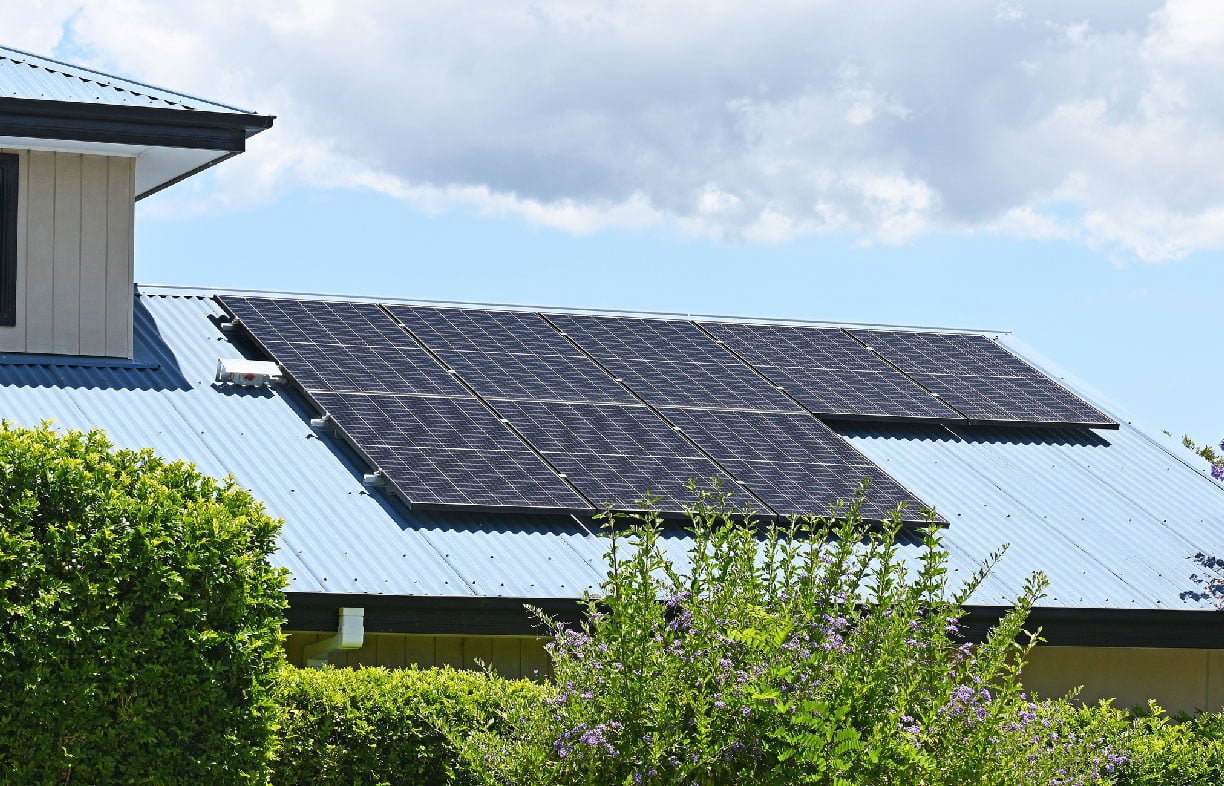 All-electric
All-electric
Direct PV solar hot water buyers guide
Solar hot water can dramatically reduce your water heating costs, but what if your house isn’t suitable for a conventional solar water heater? There is an alternative that can be used almost anywhere you have solar access, as Lance Turner explains.
Read more All-electric
All-electric
Staying warm this winter: A buyers guide to heating
As autumn declines into another long winter, it seems an opportune time to revisit one of our most popular buyers guides: our essential guide to heating yourself and your home.
Read more Buyers guides
Buyers guides
Electric vehicles for newbies
In this Renew special feature find everything you want to know about electric vehicles: how they work, why they’re superior to internal combustion engine-driven cars—and, yes, whether you can tow with them.
Read more

